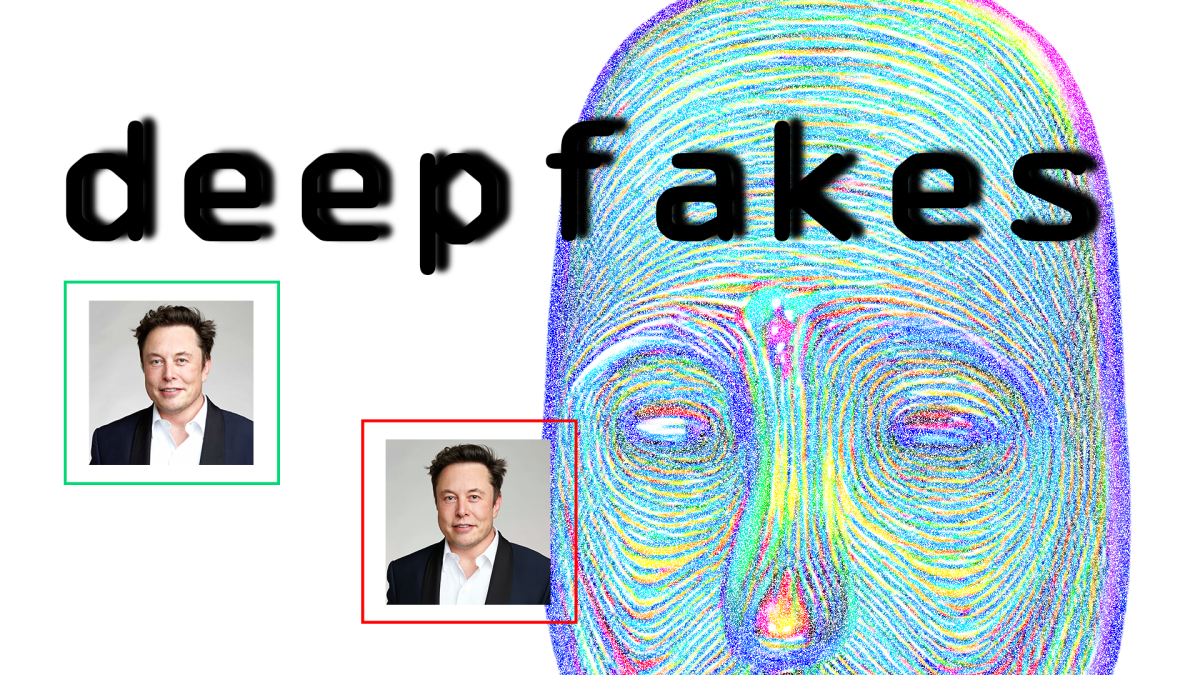Deepfakes on the Rise: 3 Aussie Strategies to Combat This Growing Threat

Deepfakes. The term alone conjures images of manipulated videos and unsettling realism. But it's not just a sci-fi concept anymore. Across the globe, and increasingly here in Australia, AI-generated deepfakes are causing real-world havoc, from cryptocurrency scams costing millions to sophisticated heists.
Imagine receiving a phone call seemingly from your boss, urgently requesting a transfer of funds to a specific account. Or seeing a video online of a respected politician saying something entirely fabricated. These scenarios, once confined to the realm of possibility, are becoming frighteningly commonplace thanks to advancements in artificial intelligence.
The potential for misuse is staggering. Deepfakes can be used to damage reputations, spread misinformation, manipulate elections, and even incite violence. So, what can be done? While the technology is constantly evolving, there are proactive steps we can take to fight back. Here are three key strategies to combat the rising threat of deepfakes in Australia.
1. Enhanced Media Literacy: Empowering Aussies to Spot the Fakes
The first line of defence is education. We need to equip Australians with the critical thinking skills necessary to evaluate the authenticity of online content. This means going beyond simply believing what we see and hear. Media literacy programs in schools and community initiatives can teach people how to identify common deepfake red flags, such as unnatural facial movements, inconsistent lighting, and audio-visual discrepancies.
Look for subtle inconsistencies. Does the person’s skin tone match the background? Are their teeth perfectly aligned (a common telltale sign)? Does the audio sync perfectly with the lip movements? While sophisticated deepfakes are becoming harder to detect, these basic checks can still be effective in many cases. Government initiatives and partnerships with media organisations can play a crucial role in disseminating this vital information.
2. Technological Solutions: Developing Detection Tools & Watermarking
The tech industry is actively working on developing tools to detect deepfakes. AI algorithms are being trained to identify the subtle anomalies that often betray manipulated videos and audio. These detection tools can be integrated into social media platforms and news websites to flag potentially fake content. However, it’s an ongoing arms race – as deepfake technology improves, so too must the detection methods.
Another promising approach is watermarking. Authentic content can be digitally watermarked, allowing for verification of its origin and integrity. This is particularly relevant for official government communications and news broadcasts. The challenge lies in ensuring that watermarks are robust and cannot be easily removed.
3. Legal & Regulatory Framework: Holding Perpetrators Accountable
Existing laws surrounding defamation, fraud, and impersonation can be applied to deepfake-related offences, but specific legislation may be needed to address the unique challenges posed by this technology. Australia needs to consider enacting laws that criminalise the creation and distribution of deepfakes with malicious intent.
This needs to be balanced with freedom of expression concerns. Legislation should focus on deepfakes that are demonstrably harmful and intended to deceive or manipulate. Furthermore, international cooperation is essential, as deepfakes can easily cross borders.
The Future is Uncertain, but Action is Essential
Deepfake technology is here to stay, and it’s only going to become more sophisticated. Combating this threat requires a multi-faceted approach that combines education, technology, and legal frameworks. By taking proactive steps now, Australia can mitigate the risks and protect its citizens from the potentially devastating consequences of deepfakes. It’s a challenge we must face head-on to safeguard our democracy and maintain trust in the information we consume. Stay vigilant, stay informed, and question everything you see online.






